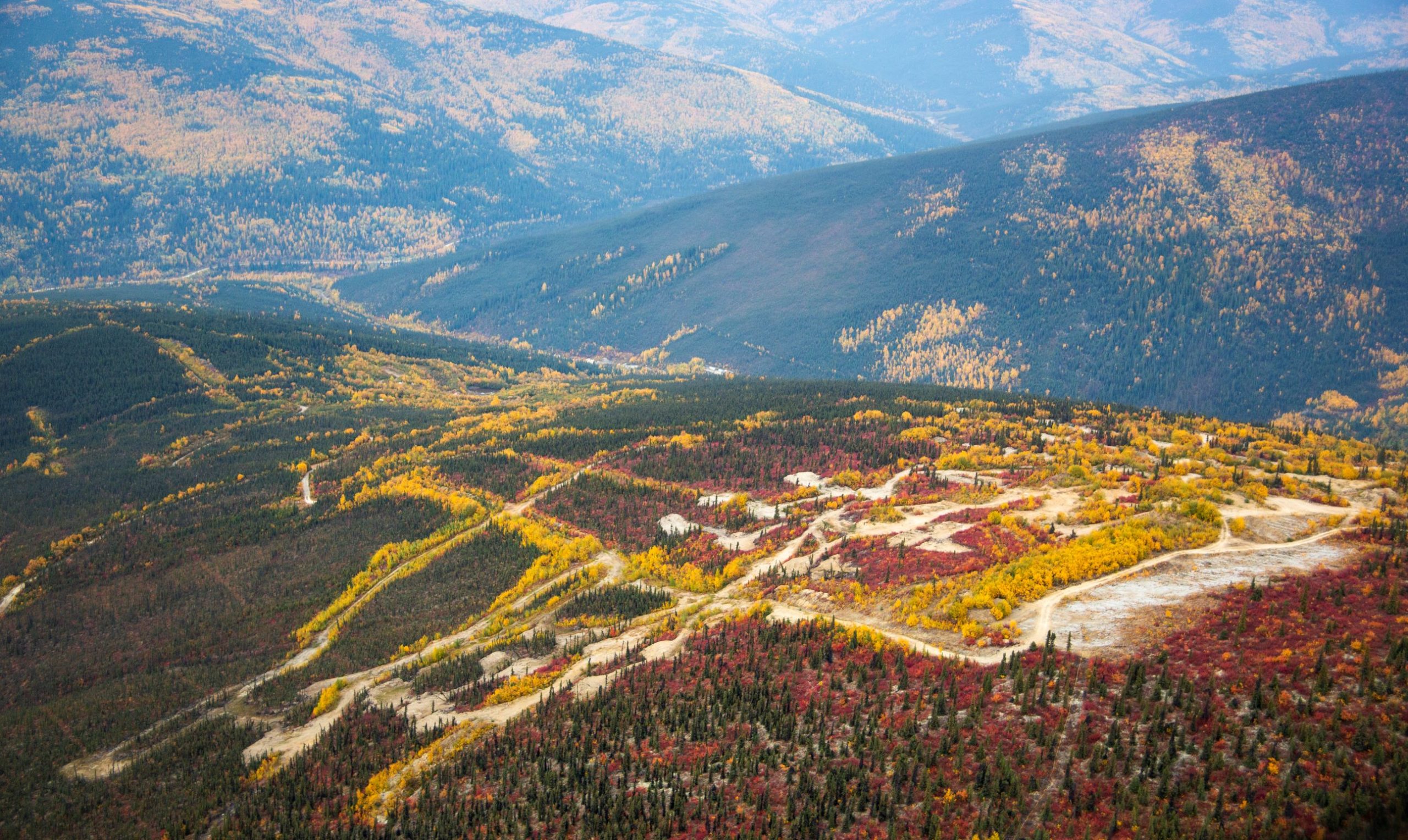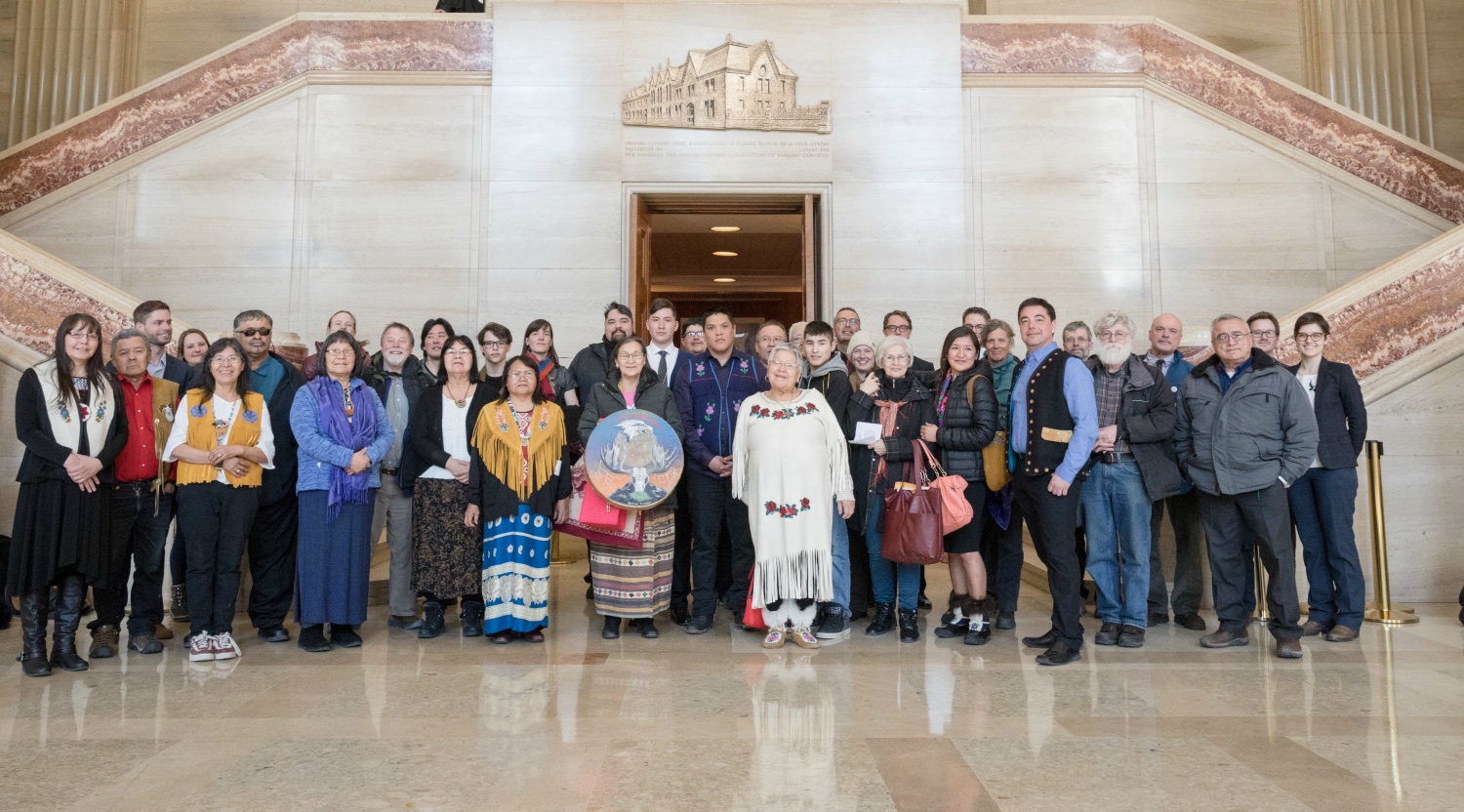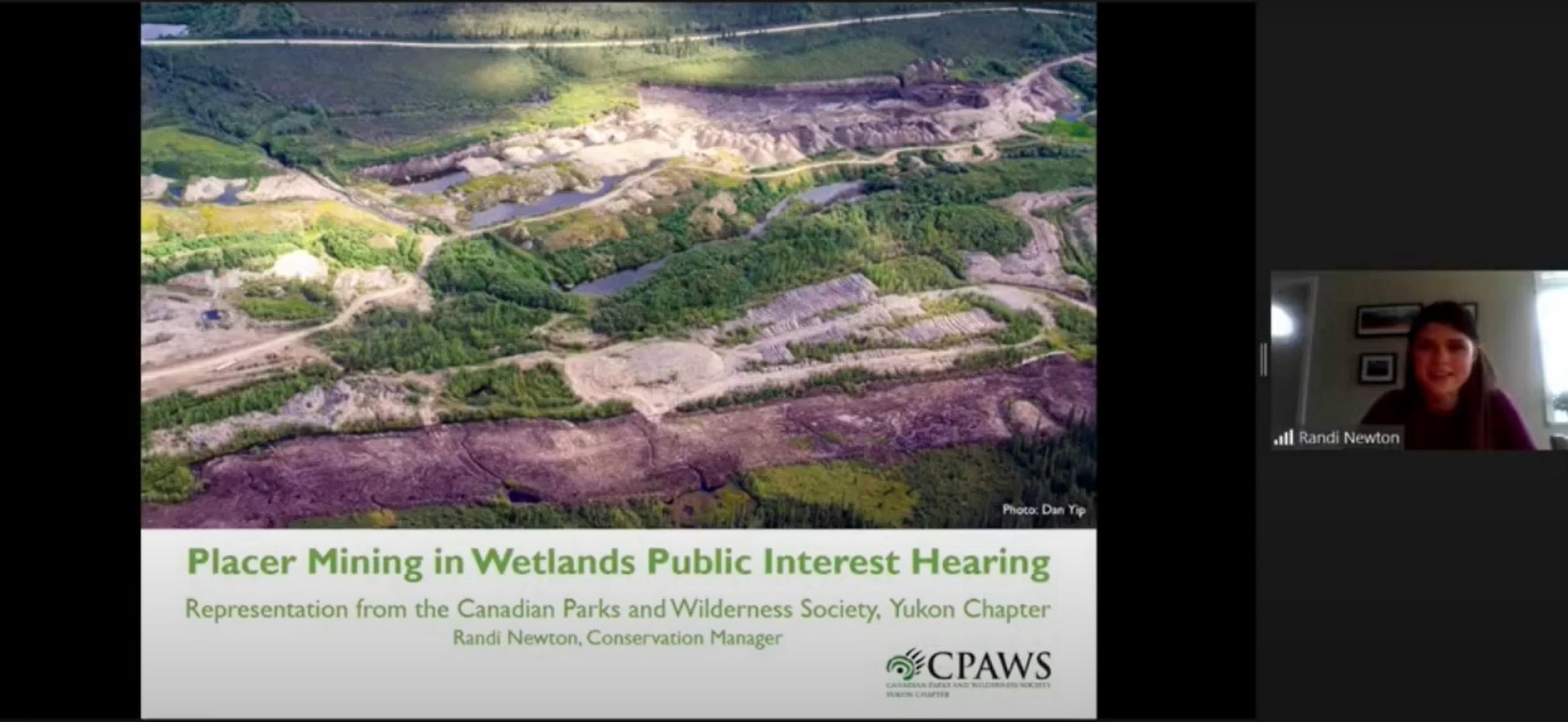
There’s momentum to reimagine mining
Header Image by Malkolm Boothroyd
Written by Randi Newton, Conservation Manager
I was optimistic that the final Yukon Mineral Development Strategy, released this April, would be stronger than the draft that came out in late 2020, providing a strong blueprint for reshaping mining in the territory. While the final version includes some tweaks and a few new recommendations, the documents are substantially the same, at least where the environment and honouring the Final Agreements and Aboriginal rights are concerned.
Before I dive into the final strategy, where does this leave the fate of mining reform in the territory? Well, the strategy, which includes many progressive and long overdue recommendations, is a big step forward. But that step isn’t big enough to move past the mire of issues linked to the Yukon’s current mining regime.
And yet, I remain optimistic that mining in the territory can be reshaped. The Mineral Development Strategy is just one of multiple forces pushing the territory’s mining regime in a direction where the health of the land, people and communities can come first, and where the benefits and opportunities that mining can bring are equitably shared.
These forces include notable court cases, like the Supreme Court of Canada’s Peel Watershed ruling that upheld the right of First Nations to meaningfully participate in resource management in their traditional territories, as embedded in the Final Agreements. It includes the Yukon Court of Appeal’s 2012 ruling, which found that the Yukon Government had a duty to consult Ross River Dena Council before granting quartz mineral claims, and that the territory’s free entry mining system conflicted with this duty.

Despite these legal victories, it is true that the pace of change for policies, legislation and attitudes to shift can be frustratingly slow. If change was quicker to arrive, the First Nation of Na-Cho Nyäk Dun wouldn’t have had to launch legal action against the territorial government for failing to properly consult ahead of approving mineral exploration in the Tsé Tagé (Beaver River) Watershed. But this case also shows that people and First Nation governments will continue to stand up for meaningful mining reform.
Momentum for mining reform was also on display at the Yukon Water Board’s October 2020 public hearing on placer mining in wetlands. While the Board has not yet released the outcomes from that hearing, First Nations and environmental organizations sent a clear message that placer mining in undisturbed wetlands must be paused until a framework is in place to protect the ecological integrity of these habitats and to respect Aboriginal Rights.

Other signs of change include Yukon Government’s rejection of Atac Resources’ 65 km mining exploration road through the pristine Tsé Tagé Watershed, a project that may have gone ahead had the government’s review been less thoughtful.
And as a final example, the federal government recently directed the Yukon Environmental and Socio-Economic Review Board to re-evaluate the Kudz ze Kyah mine, stating the original assessment didn’t properly consider the likely decline of the Finlayson caribou herd and resulting impacts on Kaska Dena rights. The Board was split on the fate of the mine after re-evaluation and the future of the project is back in the hands of the federal government. This situation signals it’s becoming less acceptable for projects to move forward in the face of serious risks and unproven mitigations.
These forces of change are reflected in the attitudes of Yukoners. Recent independent polling commissioned by CPAWS Yukon and the Yukon Conservation Society showed that:
- 60% of Yukoner’s think that our territory’s mining laws are too weak (only 24% think they’re strong enough).
- 72% agree that much more should be done to clean up mines after they’re closed.
- And 78% support ambitious conservation goals, the same or higher than Canada’s target to protect 30% of land and waters by 2030.
While most of the recommendations in the Yukon Mineral Development Strategy are more progressive than the mining rules currently in place, the changes envisioned in the strategy will likely be outpaced by other forces of change.

True, the strategy includes powerful mentions of reconciliation and honouring Aboriginal rights, respecting the wellbeing of people and the environment, and managing mining in a forward thinking way, but it falls short in putting forth recommendations to advance all of these ideas. First Nations, environmental organizations and many Yukoners pointed out the draft strategy’s shortcomings and inconsistencies but disappointingly most of these flaws were not resolved in the final strategy.
Major weaknesses of the Mineral Development Strategy
We had hoped the final strategy would call for a region-wide, temporary withdrawal of land from mineral staking and development at the outset of land use planning. Instead, it limits withdrawals to areas with “specific high-value environmental, social and cultural attributes,” arbitrarily capped at 20% of a planning region. Since the point of planning is to identify ecologically and culturally valuable areas, these areas could be lost to development without a withdrawal in place.
As Trʼondëk Hwëchʼin Chief Roberta Joseph pointed out in a recent CBC article, this recommendation “is not really a balanced approach,” and that “There’s no fairness in a plan that’s already being dictated by all of the permits and licences that are being issued.”
The final strategy also didn’t resolve the issue of mining and other development moving forward ahead of land use planning or attaining free, prior, and informed consent from First Nations. This leaves mineral development at odds with other values and uses of land, and in conflict with First Nation rights.
We had hoped the strategy would strengthen its stance on addressing climate change and include recommendations for renewable energy use at mine sites, measures to reduce mine energy demands at times of peak demand, and industry targets to reduce greenhouse gas emissions in line with the Paris Agreement.
We were also concerned by recommendations to streamline the regulatory system at the expense of accountability, transparency, and alignment with the Final Agreements and Aboriginal rights. This includes bundling the currently independent Yukon Water Board into the environmental and socio-economic assessment process and creating industry liaison positions within Yukon Government, creating a risk for regulatory capture and compromising the ability of regulators to act in the public interest.
Strengths of the Mineral Development Strategy
The strategy also includes recommendations that will bring about overdue and powerful changes. As with the draft, the final strategy calls on the Yukon to modernize its woefully outdated mining laws. While we think the strategy places undue limits on what these changes should include, engagement submissions from First Nations, environmental organizations and many Yukoners show the expectation is for legislation to be brought fully in line with the Final Agreements and Aboriginal rights, as well as environmental and cultural sustainability.
The Mineral Development Strategy also places rightful priority on continuing land use planning across the territory, and ensuring the capacity and resources exist to do planning properly.
As with the draft, the strategy calls for a comprehensive review of our royalty system, so that more of the profits that are extracted out of the land flow back to Yukoners and First Nations, and future generations. It also includes progressive new mechanisms, including an Industrial Water Tax, payroll tax for fly-in workers, and establishing a Heritage Fund. These policies would help deliver fairer financial, social and ecological returns to the Yukon, and smooth out some of the bumps that come with boom and bust resource economies.
Most meaningfully, the development of the Yukon Mineral Development Strategy sparked an important and lively public discussion about how to best reshape mining in the territory, for the betterment of the land, climate, wildlife, people, and communities. Even if the strategy itself didn’t fully capture all of the contributing voices, this conversation will continue as people work together to shape the future of the territory.
